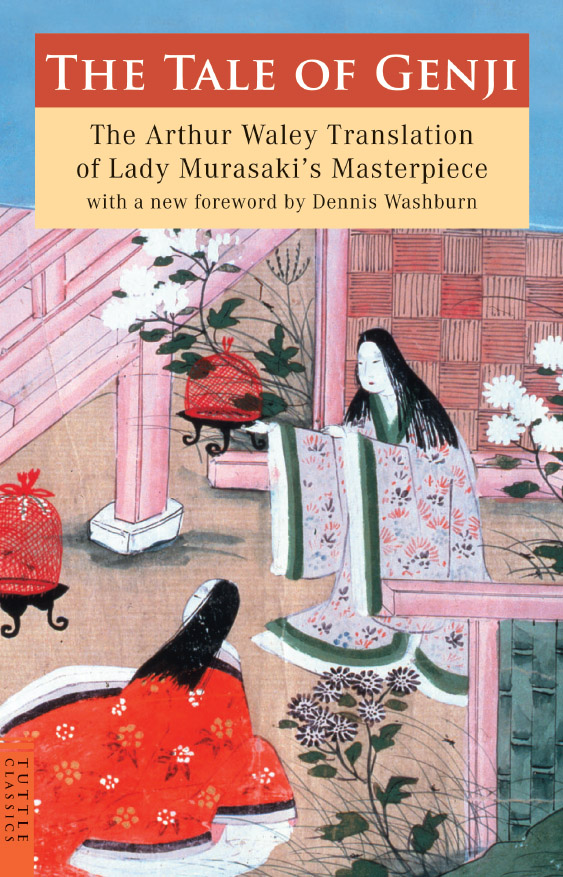
Tale of Genji
کتاب های مرتبط
- اطلاعات
- نقد و بررسی
- دیدگاه کاربران
نقد و بررسی

Starred review from October 1, 2001
Widely recognized as the world's first novel, as well as one of its best, the 11th-century tale of Genji the shining prince has been painstakingly and tenderly translated by Tyler, a retired professor of Japanese language and literature. Genji, the son of an emperor by one of his "Intimates" and preternaturally blessed with beauty and charm, is the center of this two-volume opus—though he and his heroine die some two-thirds into the book—which details both his political fortunes and his many amorous adventures. Chronicling some 75 years of court life with a dizzyingly large cast of characters, it is an epic narrative; it is also minutely attentive to particulars of character, setting, emotion—even costume. While two complete English translations exist (Arthur Waley's of 1933 and Edward Seidensticker's of 1976), Tyler clearly intends his to be the definitive one. It is richer, fuller and more complicated than the others—indeed, Tyler's fidelity to the bygone Japanese custom of not writing proper names can sometimes make it difficult, for example, to determine which of Genji's myriad lovers he is thinking about. Unlike Waley's translation, Tyler's is unexpurgated; unlike Seidensticker's, his is heavily annotated. New line drawings of Japanese architecture and activity complement the text, while character lists at chapter beginnings, a plot summary at the conclusion and two glossaries—one of offices and titles, the other of general terms—orient the reader in a multigenerational and unfamiliar world. Tyler's formality of tone (contrast Seidensticker's anachronistic "He could see her point" to Tyler's simple "He sympathized") offers readers a more graceful, convincing rendering of this 1,000-year-old masterpiece. Scholars and novices alike should be pleased. 6-city translator tour.(Oct. 15)Forecast:This massive project involved a whole team at Viking (see
PW Interview with editor Wendy Wolf, Aug. 20). The 20,000-copy first printing may seem ambitious, but the attractive boxed edition and landmark translation effort should convince a substantial number of readers to finally add this classic to their collections.

March 15, 2010
This tenth-century Japanese novel is indisputably one of the great achievements of world literature. Waley's translation, published in six parts between 1921 and 1933, is the first complete and literate version in any Western language. A noted sinologist, Waley also published influential translations of the Chinese classics "Journey to the West" and "Dream of the Red Chamber". His influence on the Western reception of "Tale" cannot be overstated, stimulating all subsequent translations, including the English versions of Edward Seidensticker (1976) and Royall Tyler (2001). While Tyler's version, which attempts to capture the social and political nuance of Murasaki's language, is the best choice for scholars, Waley's remains the most attractive and accessible for the general reader, removing much of the poetry cited in the original and couching "Tale" in the tone of the fairy tale, even if not entirely true to the spirit of the original. The first part of Waley's translation remains available in an abridged version, but Tuttle performs a valuable service by providing a complete version of all six parts in one volume. VERDICT Waley's translation is a good, reliable entrance into the world of the "shining prince" and deserves a place in a range of libraries and literary collections.T.L. Cooksey, Armstrong Atlantic State Univ., Savannah
Copyright 2010 Library Journal, LLC Used with permission.

























دیدگاه کاربران